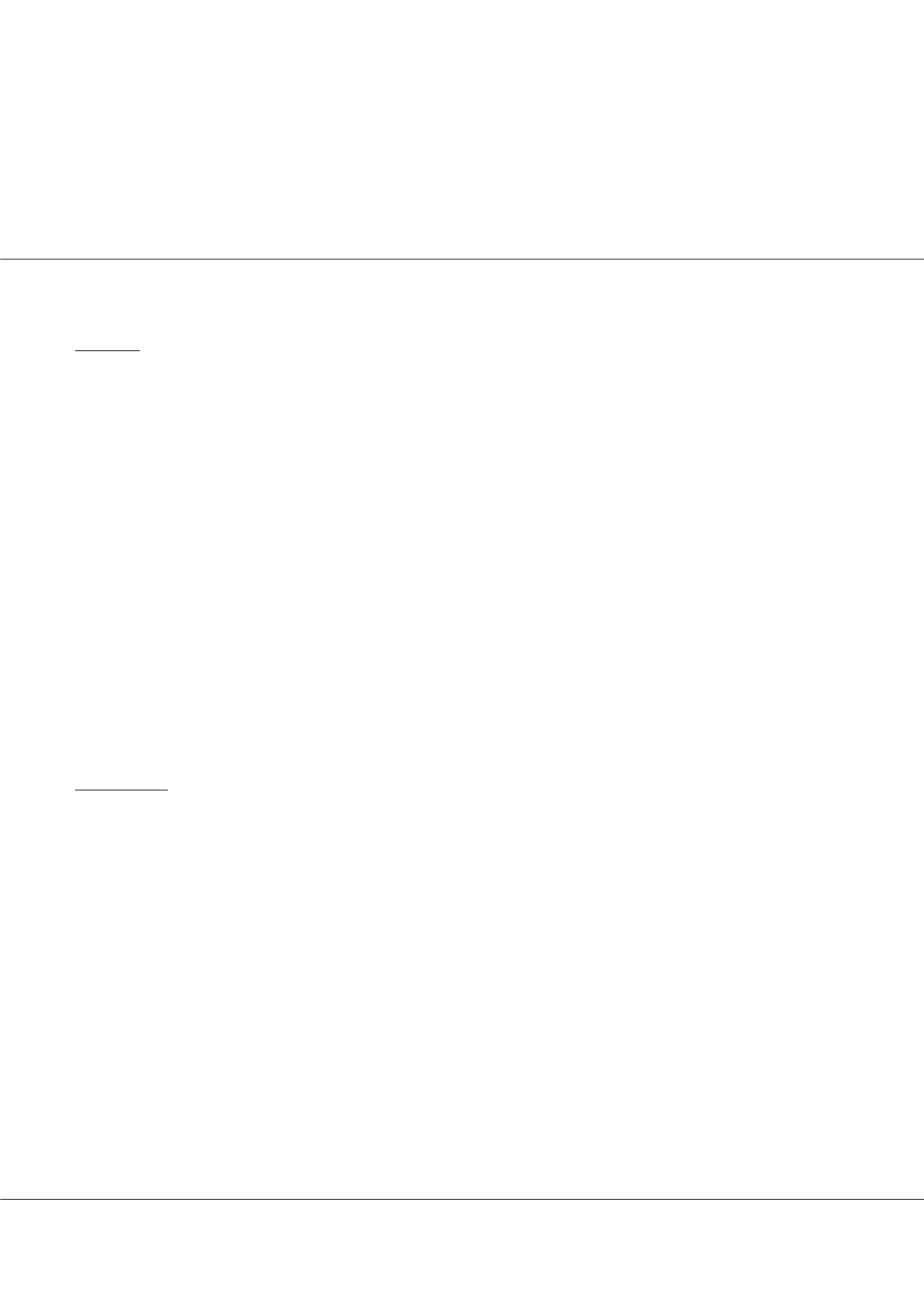

Page 55
conferenceseries
.com
Volume 7, Issue 5 (Suppl)
J Health Med Inform
ISSN: 2157-7420 JHMI, an open access journal
Medical Informatics 2016
October 6-7, 2016
October 6-7, 2016 | London, UK
4
th
International Conference on
Medical Informatics & Telehealth
NATIONAL HEALTHCARE SAFETY NETWORK (NHSN) – INFORMATICS SOLUTION FOR HOSPITAL-
ACQUIRED INFECTIONS
Russell Gann
a
a
Ministry of National Guard Health Affairs Divsion, Saudi Arabia
A
s Program Manager for the Centers for Disease Control and Prevention (CDC) for surveillance applications to include the
following: BioSense –syndromic surveillance of the; FluTool –surveillance application used by CDC to report weekly incidence of
flu in theMorbidity andMortalityWeekly Report (MMWR); PHINVocabularyAccess andDistribution System(VADS) – standardized
vocabularies to Public Health partners; PHIN Messaging (MS) – standard secure messages HL-7 transport; National Healthcare,
Safety Network (NHSN) – healthcare-associated infection tracking; and International Healthcare Safety Network (IHSN) – healthcare
associated infection tracking to the Ministry of National Guard Health Affairs. In 2011, as project manager for the Ministry of Health,
Kingdom of Saudi Arabia managed Public Health Informatics; infectious disease surveillance; infection control and implementation
of surveillance/informatics requirements for the National Laboratory. While many health care informatics applications are superior
in their use of scientific and epidemiological properties, they don’t gather sufficient data on infectious/chronic diseases and HAIs in
the local environment. Many in health care advocate top-down approaches to gaining this information But, instead of fixing problems
in data validation and costs, focus has changed from data gathering technique improvement to accreditation and training in the hopes
of improvement of healthcare related outcomes. Using mobile technology, the approach necessary especially for the Middle East and
North Africa (MENA) towards this problem is to utilize methods and protocols already in place; automate local processes to roll up
locally, regionally and nationally and to expand on these local informatics solutions to eventual input to centralized systems (i.e., Big
Data). One such system is the National Healthcare Safety Network (NHSN) implemented for the Ministry of Health, Kingdom of
Saudi Arabia. This presentation will be both a justification and a demonstration as to how and why this system works.
russellgann@live.comAUGMENTED REALITYAND HOSPITALIZED NEWBORN SAFETY
Sarah Ben Othman
a
and
Slim Hammadi
a
a
Ecole Centrale de Lille, France
A
t the hospital care of a newborn, the iatrogenic risk may be related to the specific side effects of drugs, but also to errors during
preparation (dilution error, calculation error, error due to a combination of two incompatible products from a physico-chemical
point of view) and/or during the administration of products (dose error, administration of a non-prescription medication) committed
by the nursing staff. These errors are common and constitute a real concern of medical teams. The steps of preparation and drug
administration are particularly at risk. The majority of administration errors is related to the human factor1. They are associated
with increased stress among nurses. These errors can have consequences for the patient, professionals, health institutions and health
insurance. Many studies have proposed and evaluated measures to limit the occurrence of these errors. The research is now shifting
focus towards multimodal approaches integrating traceability of operations 2. However, these measures struggle to be integrated
into daily clinical practice. Hence, the introduction of new technologies in the health care system must be considered. To avoid these
errors, we propose to design and develop an innovative decision support system based on the technology of Augmented Reality, built
into intelligent glasses freeing the user's hands. This system ensures traceability, usability, dynamism, security and transparency for
better management of patient medical care. The application implemented on the augmented reality glasses have been tested by 7
nurses. Most of them estimate that the glasses enable them to gain time and to reduce the mistakes while preparing drugs.
ben.othman.sara@hotmail.frJ Health Med Informat 2016, 7:5 (Suppl)
http://dx.doi.org/10.4172/2157-7420.C1.013















